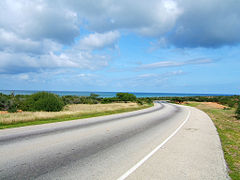
Lajas is a municipality of Puerto Rico located in southwestern Puerto Rico, on the southern coast of the island, bordering the Caribbean Sea, south of San Germán and Sabana Grande; east of Cabo Rojo; and west of Guánica. Lajas is spread over 11 wards plus Lajas Pueblo. It is part of the San Germán-Cabo Rojo Metropolitan Statistical Area.
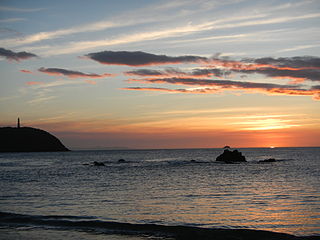
Nueva Sparta State, in Spanish Estado Nueva Esparta, is one of the 23 states of Venezuela. It comprises Margarita Island, Coche, and the largely uninhabited Cubagua.
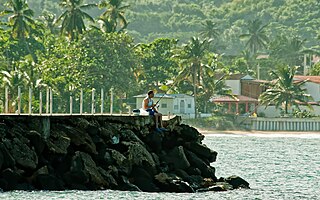
Luquillo is a municipality of Puerto Rico located in the northeast coast, northwest of Fajardo; and east of Rio Grande. Luquillo is spread over 5 wards and Luquillo Pueblo. It is part of the Fajardo Metropolitan Statistical Area.

Margarita Island is the largest island in the Venezuelan state of Nueva Esparta, situated off the northeastern coast of the country, in the Caribbean Sea. The capital city of Nueva Esparta, La Asunción, is located on the island.

Motril is a town and municipality on the Mediterranean coast in the province of Granada, Spain. It is the second largest town in the province, with a population of 60,368 as of 2016. The town is located near the Guadalfeo River and 69 km (43 mi) from Granada. The council of Motril includes the city of Motril and the neighbourhoods of El Varadero, Carchuna, Calahonda, Puntalón, Playa Granada, Las Ventillas, La Perla, La Garnatilla and La Chucha. The town is the capital of the region of the Coast of Granada.

Puerto La Cruz is a port city located in Anzoátegui State, in Venezuela. It is the seat of the Juan Antonio Sotillo Municipality. The city has road connections to the state capital, Barcelona, to Lecheria and to Guanta.

The Virgin of the Valley is a Roman Catholic title of the Blessed Virgin Mary venerated in Margarita Island, Venezuela and Catamarca, Argentina.

Cabo de Gata-Níjar Natural Park in the southeastern corner of Spain is Andalusia's largest coastal protected area, a wild and isolated landscape with some of Europe's oldest geological features. Spain's southeast coast, where the park is situated, is the only region in mainland Europe with a true hot desert climate.
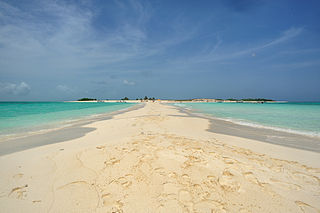
The Insular Region is one of the eight natural regions of Venezuela and also, one of the 10 administrative regions in which Venezuela was divided for its development plans; it comprises all of the nation's islands, and is formed by the state of Nueva Esparta and the Federal Dependencies.

Puerto Ángel is a small coastal town in the Mexican state of Oaxaca located in the municipality of San Pedro Pochutla. It, along with San Agustinillo and Playa Zipolite are known as the "Riviera Oaxaqueña". It is located 9 km south of city of Pochutla approximately 50 kilometers west of Huatulco and 80 kilometers east of Puerto Escondido. Despite tourism development since the 1960s, the town is still mostly a fishing village, located on a small bay surrounded by rocky hills that lead into the Sierra Madre del Sur. It was founded in the mid 19th century as a port for the region's coffee and lumber industries but since then other means of shipping these products has replaced it.

Cubagua or Isla de Cubagua is the smallest and least populated of the three islands constituting the Venezuelan state of Nueva Esparta, after Isla Margarita and Coche. It is located 16 kilometres (10 mi) north of Araya Peninsula, the closest mainland area.

Margarita Province was one of the provinces of the Spanish Empire, then one of the provinces of Gran Colombia, and later one of the Provinces of Venezuela. In Gran Colombia it belonged to the Orinoco Department which was created in 1824. With the creation of the States of Venezuela in 1864 it became Nueva Esparta.

The Macanao Peninsula is a geographic peninsula landform, that forms the western end of the Isla Margarita in the Caribbean Sea, in northern Venezuela.

Laguna de la Restinga is a national park on the Isla Margarita, Nueva Esparta state, Venezuela. The main part of the park is a large salt lagoon, rich in fish and birdlife. It is on the Ramsar list of wetlands of international importance, and is classified as an Important Bird Area.
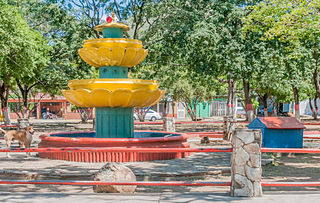
Santa Ana is a town on Isla Margarita, in the state of Nueva Esparta, Venezuela. It is the capital of the Gómez municipality. The town is located in the south of the municipality, in the northeast of Margarita.
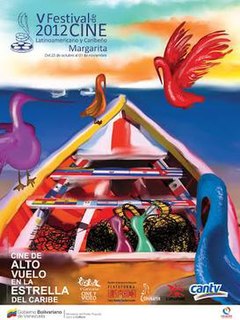
The Margarita Latin American and Caribbean Film Festival, sometimes known as FilMar,:107 is an important international cultural event dedicated to generating spaces for the distribution and promotion of the best of Venezuelan, Latin American, and Caribbean film.





